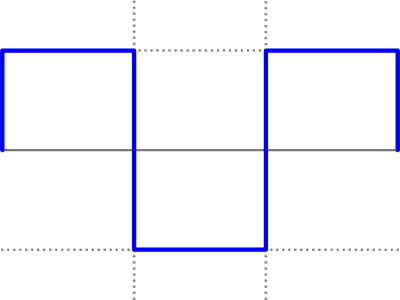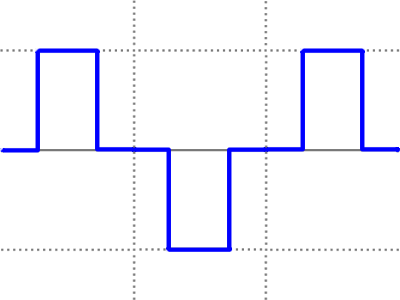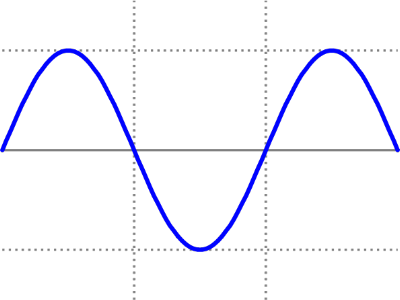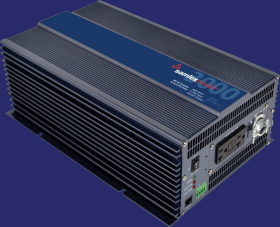Inverters for Fleet Vehicles & Utility Trucks
What is an inverter?
Simply put, an inverter is a device that changes or inverts direct current (DC) input to alternating current (AC) output. It doesn’t “create” or “make” electricity, just changes it from one form to another. DC in is changed to AC out. Output is usually 120 or 240 volts at 60-cycle alternating current to match line power.
For heavier and long-term loads, inverters are often a good choice for applications that require the main engine to operate at a job site, i.e. powering hydraulic systems or air compressors. Lighter and short-term loads may not require the main engine to run.
Since inverters are electronic devices, you don’t have the noise from a separate engine. An inverter requires no fuel and virtually no maintenance. Inverter output is fully voltage and frequency regulated and functions independently from the speed of the engine.
Choosing an Inverter for Fleet Vehicle
If all of this sound too good to be true, it may be. One common mistake is to assume that an inverter can provide unlimited power for long periods. There is no “free lunch,” the power has to come from somewhere. The “somewhere” is the key to a good system.
An inverter takes its power from, for example, a 12-volt battery. Inverters are most often used where the AC loads are relatively light or of a short duration. Inverters can be a very heavy battery drain. One loose rule of thumb is that it takes 10 amps input from a 12-volt battery for every 1-amp output at 120 volts.
First you must define the size, type and “duty cycle” of the AC loads to be powered. Analyze all of the load requirements – from heavy-duty uses like pumps, hydraulic lifts, ventilators and heaters to lower power loads such as test equipment or work area lighting. Future requirements should also be considered. Calculate the duty cycle or ratio of time on vs. time off of the particular load. Sometimes, power may be needed intermittently just to momentarily operate a piece of test equipment or pump water from a manhole. Other applications may require a constant source of power such as running a ventilator for underground work or work area lighting at night.
When choosing an inverter, bear in mind that the alternator usually becomes the actual power source. Standard truck alternators are often undersized for utility vehicles when inverters are added, so choose the higher output alternator option if available when specifying the vehicle. An alternative solution is retrofitting a new alternator, driven in the proper pulley ratio.
Inverter Output Waveforms

SQUARE WAVE
Some inverters use a modified square wave

QUASI-SINE WAVE
Popular Type with pulse width modulation. Height and width of wave changes as battery input voltage changes.

SINE WAVE
Same as line power. Used on high end inverters.
Pure sine wave output ensures complete waveform compatibility but at a higher cost. Some electric motors and loads with sensitive electronic circuitry tend to operate better with sine wave power.
Summary
The choice of the right inverter for your fleet vehicle requires a clear understanding of the power needs and applications of the user. The planning and design of inverters for fleet vehicles must be a partnership between the installer and the customer. This planning is essential to ensure that your fleet vehicle not only has the most cost-effective power system but one that performs effectively and efficiently on the job as well. Fleet Electric is a recognized industry leader in helping companies with both the purchasing and the planning process.
Call Fleet at 1-800-442-6668 for more information or to help you make the proper selection of Inverter for your Fleet Vehicle.

Waveform Images Attribution: CC BY-SA 3.0, https://commons.wikimedia.org/wiki/User:Omegatron/Gallery
